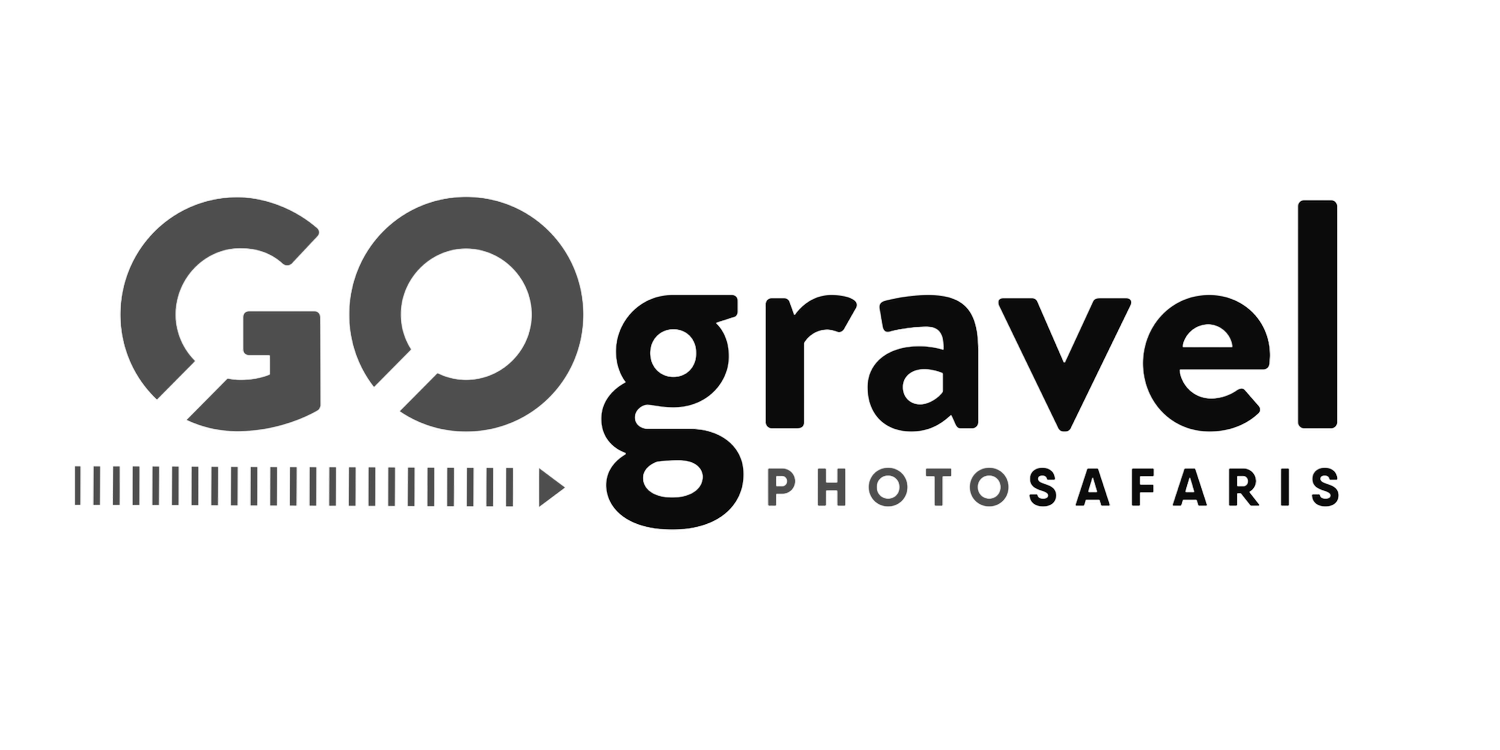Factors to consider when you book a photographic tour to Namibia
No matter the location, each destination has a series of factors that heavily influence your travel experience. Photographic tours can be particularly tricky as the objective sometimes shifts from comfort and enjoyability, with guests usually set on capturing a particular photo prior to the end of their trip. Whilst the pursuit of the perfect photo is a noble one, it is important to manage your expectations and to plan a trip that is logistically viable. We’ve put together a list of factors to help you make the most of your time in Namibia (and to leave with a sense of gratification across all spectrums).
CONSIDER THE GEOGRAPHY
To say Namibia is a vast and open landscape would be an understatement. The distance between locations can stretch far and wide, with hours passing between points of civilisation. When booking a custom trip it is important to manage your expectations regarding what you can and cannot see within a given time frame. Most trips which focus on the landscapes of the South, will not include the wildlife of the North. This is simply not viable unless the guests intend to spend a number of weeks in the country (or if they choose to charter a private flight by plane or helicopter). It is important to consult with your tour operator about your bucket list destinations (and it is equally as important to accept that you may have to return to see some of these selected locations). Google maps does not offer an accurate representation of the time taken to travel from one spot to the next. Multiple factors will play a role, including the conditions of the roads etc. It is a strict rule to never drive distances that will keep you on the road well after the sun has set, this is both reckless and dangerous and should be avoided at all costs.
THE LENGTH OF YOUR STAY
It is highly advisable to set aside at least 10 days for a photographic tour to Namibia. As mentioned above, travel distances may take up much of the time you are able to spend enjoying the trip. In order to have a fully immersive experience, time is a major necessity. Guests often to choose to squeeze as many destinations as they can into a compact time frame, leaving them exhausted early on in their stay. Time allows for more photographic possibilities to present themselves and also provides the guest with the opportunity to enjoy other elements of their stay. Attempting to travel to a new destination each day is simply not viable.
YOUR PHOTOGRAPHIC PURSUITS
Due to the vast geographic differences within the country, a photographic point of focus is incredibly important. Landscape tours should be fully focused on the compositions of the surrounding scenery and should ideally not try to factor in wildlife excursions. Each subject, whether it be landscapes, wildlife or aerial photos; requires a solitary commitment from the photographer (if he/she hopes to leave Namibia with breathtaking images to add to their portfolio).
BUDGETARY CONSTRAINTS
There is a common misconception that Namibia is an inexpensive place to visit. This is in some ways true when one compares it to the likes of Kenya or Botswana, but it is by no means on par with backpacker vacations to tropical paradises such as a Thailand or Cambodia. The cost of lodging can be on the pricier side and one can expect to spend money based on the standard of service you select. For example, a guided tour which consists of a photographic guide and specially kitted photographic vehicle will ultimately cost more than a self-drive tour. Make your intentions clear from the get-go so that your tour-operator can provide you with the best possible fit for your budget.
LEISURE VS ADVENTURE
Be authentic about your travel style and be sure to book a trip that aligns with your expectations. Lodging options can have a huge impact on the enjoyability of your stay so be sure to advise your tour-operator accordingly so that they can present you with the options that best suit your travel profile. Adventure travel is fast paced, and often includes budget accommodation and/ or camping whereas leisure accommodation has a a greater emphasis on luxury and comfortability. These two travel profiles do not operate exclusively from one another and a combination of the two usually make for a perfectly well rounded travel experience.
RULES OF THE LAND & PHOTOGRAPHIC LIMITATIONS
Every country has its own set of rules and limitations that are applicable to tourism. Unfortunately many guests visit Namibia in pursuit of images that have been obtained illegally by photographers that have neglected to follow the correct legislation. An example of this would be the illegal use of drones, particularly in national parks. Drones are not prohibited unless a special license has been obtained (and they are always prohibited in a protected area, no matter the circumstances). The same strict rules are applicable to commercial projects. No matter how small the endeavour, commercial filming and/or photographing follows a strict set regulations that must be adhered to. These projects also have a substantial fee attached to them, which must be settled with the Namibian Film Commission. Failure to follow the correct legal steps may result in deportation (which would be unpleasant to say the least).
SAFETY & SECURITY
Namibia is well-known for it’s general safety and political stability. Tourists can travel without the added anxiety of civil unrest (which is a rarity in the African political landscape). With that being said, guests should be vigilant at all times and not leave expensive items exposed. Opportunistic crime is common here, especially when the target is not local. Be street smart, make travel arrangements with your agent and/or hotel (they are your best source of information/ logistics management when travelling).
Ready to book your dream photographic trip to Namibia? Submit your inquiry HERE.



